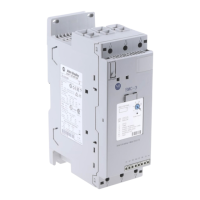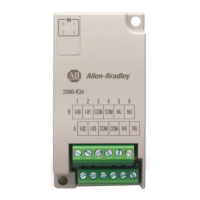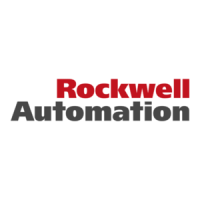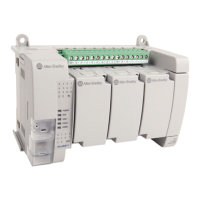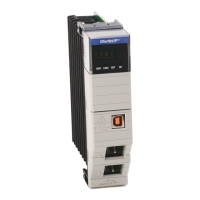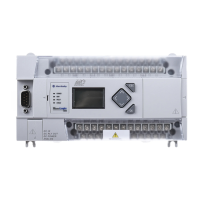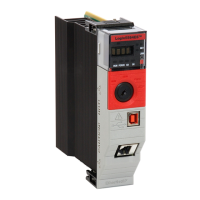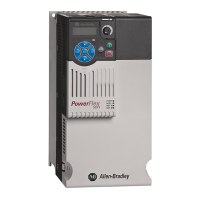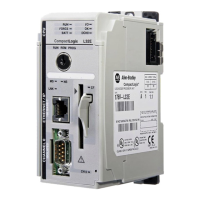Rockwell Automation Publication ICSTT-RM406J-EN-P - February 2021 73
Chapter 6 Troubleshooting and Rectifying Channel/Field Faults
In general, sufficient provision for these measures will be specified by the
client. As long as the necessary maintenance overrides and other facilities are
implemented, no other safety requirements will be necessary.
It is highly recommended the I/O forcing is NOT used during field device
maintenance.
Handling Module Faults When the AADvance controller uses modules in a dual or triple redundant
configuration, the controller can continue to operate if a fault occurs on one of
its modules. However, when a module does have a fault it must be replaced as
recommended in the Safety Manual (all modules permit live removal and
replacement in redundant configurations) to make sure that faults do not
accumulate and that multiple failure conditions do not cause a plant
shutdown.
On-site repair is not supported apart from for the replacement of fuses in
some termination assemblies. All failed modules must be returned for repair
or fault diagnosis in accordance with the warranty and return policy
documentation delivered with your system.
Keeping Maintenance
Records
To make sure that the safety objectives are met through the lifetime of the
system it is important to keep records of all faults, failures and anomalies as
they occur. This requires the maintenance of records by the end-user and the
System Integrator. It is highly recommended the following data is included:
• Description of the fault, failure or anomaly
• Details of the equipment involved, together with module types and serial
numbers where applicable
• When the fault was experienced and the circumstances leading to why it
happened
• Any temporary measures implemented to correct or work around the
problem
• Description of the resolution of the problem, remedial action plans and
impact analysis
You must define the procedure for field returns, and repair and defect
handling. The information requirements placed on the end user because of
this procedure must be clearly documented and given to the end user. The
defect handling procedure must include:
• Method of detecting product related defects and the reporting of these to
the original designers
• Methods for detecting systematic failure that could affect other elements
of the system or other systems, and links to the satisfactory resolution of
the issues
• Procedures for tracking all reported anomalies, their temporary
solutions and resultant corrective action where applicable
• The information requirements placed on the end users by this procedure
must be clearly documented and given to the end user
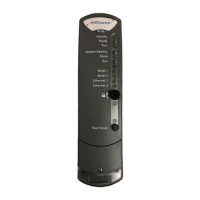
